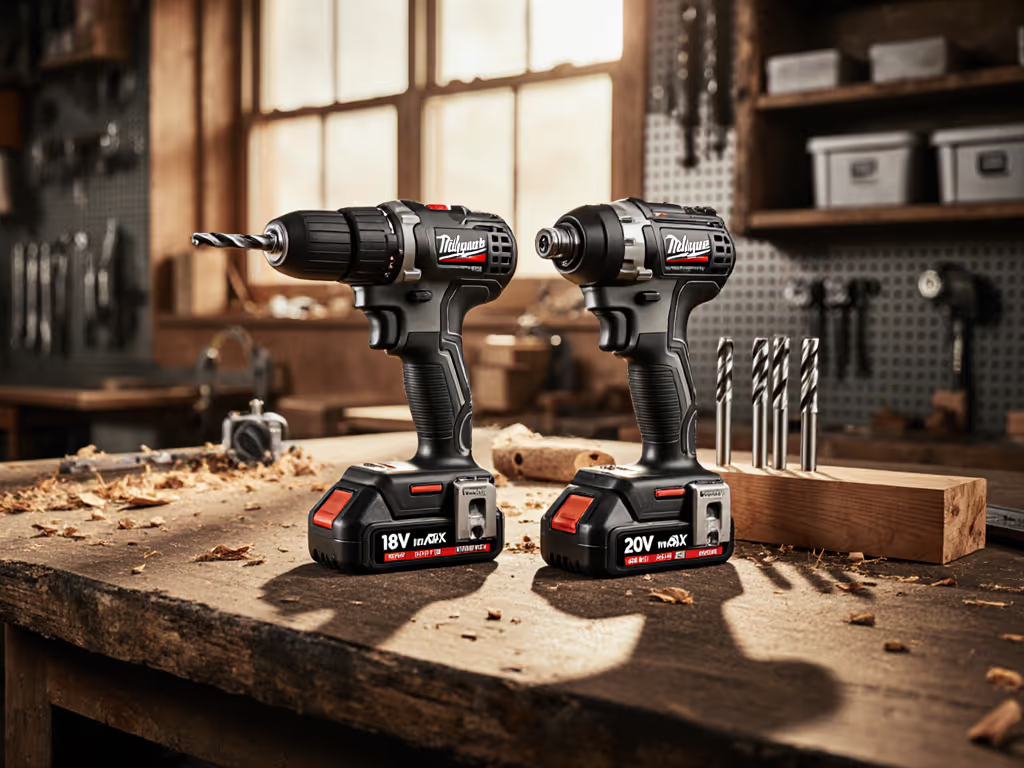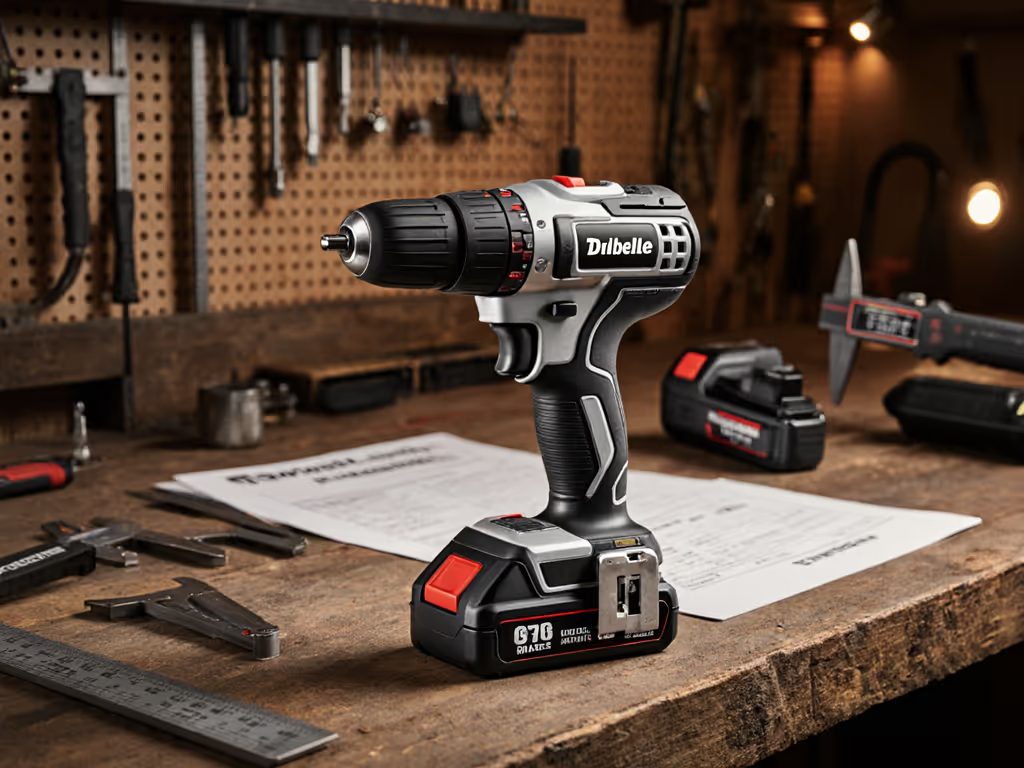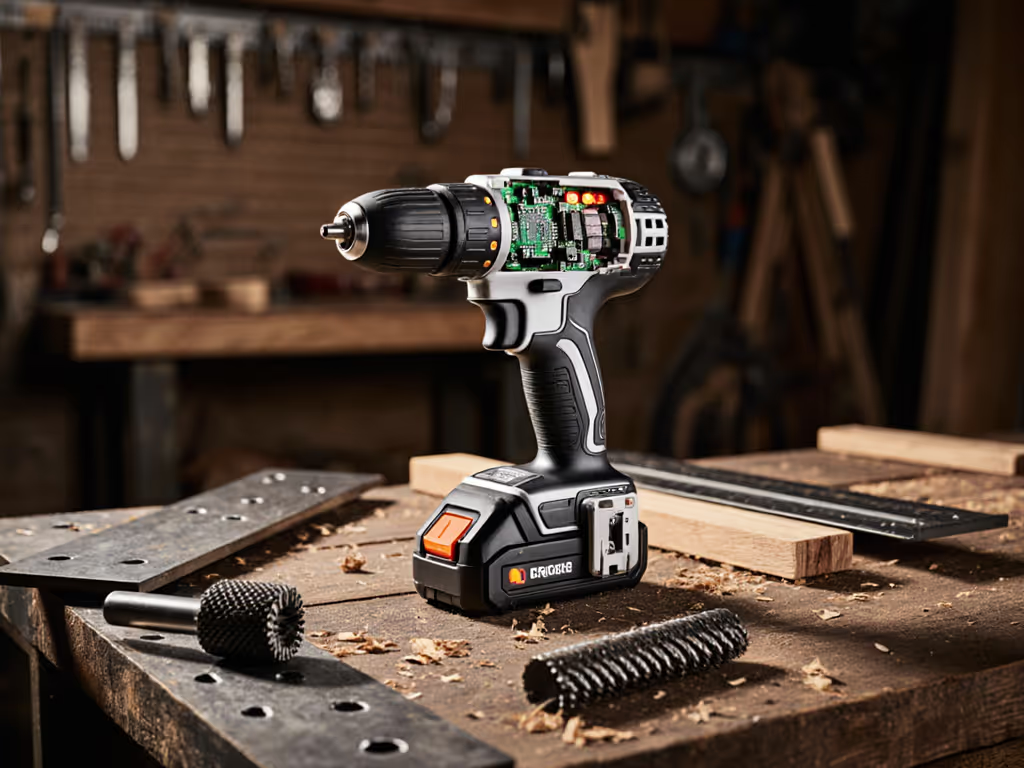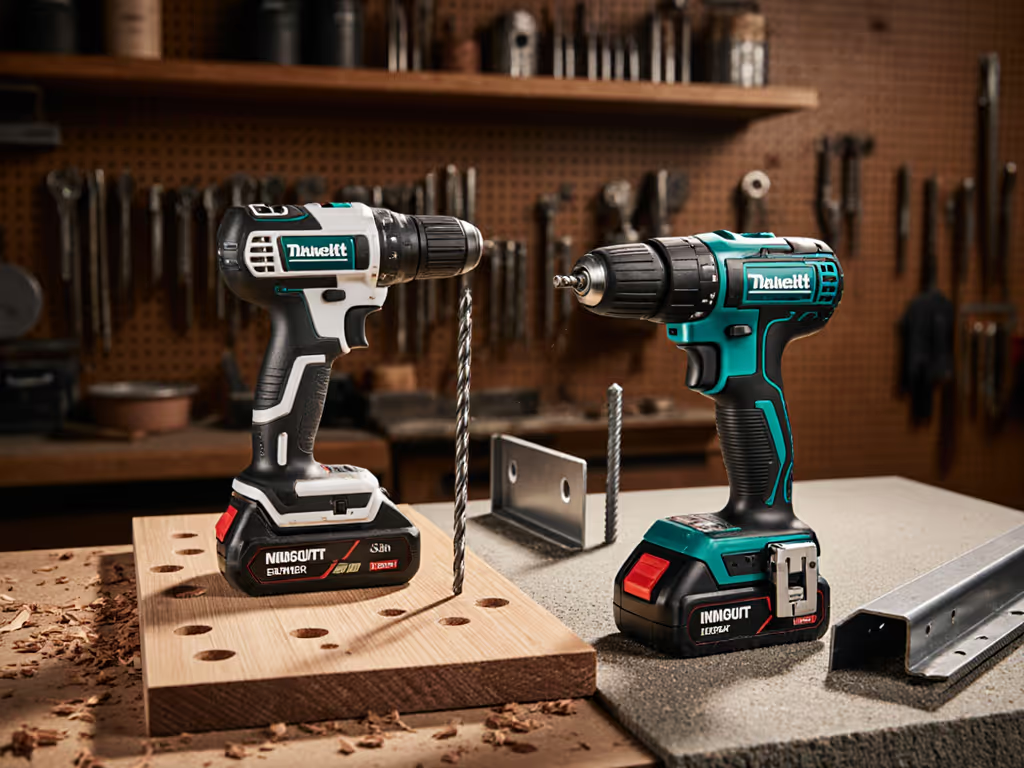
Understanding Drill Specifications: What Specs Actually Mean

When you're running multiple crews through a tight timeline, "understanding drill specifications" isn't just about comparing numbers, it's about predicting downtime. I've seen too many projects lose hour after hour because teams misread specs that promised power but delivered confusion. Battery amp-hour meaning, torque ratings, and RPM claims often get inflated in marketing materials, while the real test happens at the stud plate when your crew's running low on charge. Let's cut through the noise with what matters on-site.
1. Torque: The True Measure of Work Capacity
What is torque in drills? It's not the marketing headline number, it's the consistent rotational force you get under load. Manufacturers often quote "maximum torque," but what matters is the sustained torque profile across the battery's discharge curve. A drill might hit 600 in-lb when fully charged on a bench test, but at 30% battery, that could drop to 350 in-lb, enough to stall when driving 3-inch lag screws into pressure-treated wood.
Instead of chasing peak numbers, look for tools that publish torque curves showing performance at 20%, 50%, and 80% battery capacity. This is workflow-first planning: if your crew drives 150 heavy-duty fasteners per shift, you need a platform that maintains at least 85% of rated torque through that entire sequence. Otherwise, you're setting up for mid-day dead-tool shuffles (a problem I solved years ago by standardizing battery packs across crews).
2. RPM vs Torque Explained: Why Balance Beats Extremes
RPM vs torque explained simply: higher RPM cuts faster but generates more heat; higher torque handles resistance but slows cutting speed. The critical factor is how the tool transitions between modes. A drill with 2,000 RPM but poor thermal management will throttle down faster than one rated at 1,600 RPM with better heat dissipation. For the motor tech side of performance and runtime, see our brushless vs brushed drill guide.
For timeline-aware planning:
- Precision work (cabinetry, finish carpentry): Prioritize lower RPM ranges (0-600) with precise clutch control
- Rough construction (framing, deck building): Target 1,500+ RPM with high-torque settings
- Overhead work: Balance matters most (excessive vibration from unbalanced RPM/torque causes fatigue)
I ran three crews on a school retrofit where mismatched drills caused constant slowdowns. After standardization, we gained eight hours weekly, not from more power, but from predictable performance across identical tools. That's when I started treating batteries like inventory, not just accessories.
3. Drill Bit Size Charts: Beyond the Diameter
A standard drill bit size chart tells you diameters, but not clearance requirements. For example, a 1/2" hole requires:
- 1/2" bit for pilot holes in softwood
- 9/16" bit for hardwood (to prevent binding)
- 5/8" bit when using insulation sleeves in electrical work
But the operational reality adds more layers:
- Flute length must exceed penetration depth + 2x bit diameter for chip ejection
- Margin width affects hole straightness, critical for pocket-hole joinery
- Helix angle determines chip evacuation speed in deep holes
When planning material logistics, factor in these hidden specs. One project lost two days because crews brought bits with insufficient flute length for steel-frame drilling (something a proper workflow checklist would have caught).
4. Battery Amp Hour Meaning: Runtime ≠ Capacity
Battery amp-hour meaning gets butchered in marketing. Amp-hours (Ah) measure capacity, but actual runtime depends on:
- Discharge rate: Higher-torque tasks drain batteries faster than Ah ratings suggest
- Temperature: Below 50 F, lithium-ion capacity drops 20-30%
- Battery age: After 200 cycles, capacity typically falls to 80%
Treat Ah like inventory stock levels:
- 2.0Ah = 350 1/8" pilot holes in pine (baseline)
- 4.0Ah = 650 holes (30% heavier, risk-conscious teams avoid for overhead work)
- 5.0Ah+ = Only justified for ground-level, high-volume tasks
For timeline-aware planning, calculate required Ah per shift using your actual material mix, not manufacturer claims. And remember: chargers aren't accessories. Charger placement is policy, position them where crews naturally rotate, not as an afterthought.
5. Voltage & No-Load RPM: The Hidden Workflow Killers
Voltage gets overhyped. A "20V max" tool isn't meaningfully more powerful than an 18V system, marketing plays games with peak voltage readings. More telling is no-load RPM decay:
"A drill that drops from 2,000 RPM to 1,400 RPM in 30 seconds under load will cost crews 2-3 minutes per task resetting stalled bits."
This spec rarely appears in brochures but massively impacts productivity. Request field test data from dealers showing RPM stability at 50% battery capacity. For risk-conscious teams, this metric matters more than peak voltage claims.
6. Ergonomic Specs: Quantifying Fatigue
Weight and balance specs directly impact productivity:
- < 3.0 lbs: Ideal for overhead work (reduces fatigue by 40% vs 4.0+ lb drills)
- Center of gravity < 3" from chuck: Critical for tight spaces
- Grip circumference 3.5-4.0": Fits 95% of hand sizes
Measure these against your most common tasks. One electrical crew gained 1.2 hours per shift just by switching to compact drills for panel work, proof that specs must serve workflow, not just impress on paper.
The Operational Mindset Shift
Treat drill specs like you would material quantities on a takeoff sheet. Batteries are logistics, treat the platform like an operations decision. That school retrofit taught me mixing-brand chaos creates hidden downtime. Standardizing packs, chargers, and workflow specs isn't about limiting options; it's about eliminating variables that bleed productivity.
Before selecting your next drill platform, run this checklist:
- Torque curves at 30%, 50%, and 80% battery capacity
- Real-world hole counts per Ah in your common materials
- Charger-to-battery ratio for your crew size (1:3 minimum)
- Clearance specs for your tightest workspaces
- Standardized bit inventory across crews
When specs translate to predictable outcomes, you stop worrying about numbers on a box and start planning reliable workflows. That's when battery carts become part of material logistics, not crisis management.
For deeper operational planning, download our Crew Standardization Toolkit with drill spec converters, battery rotation schedules, and workflow mapping templates.


